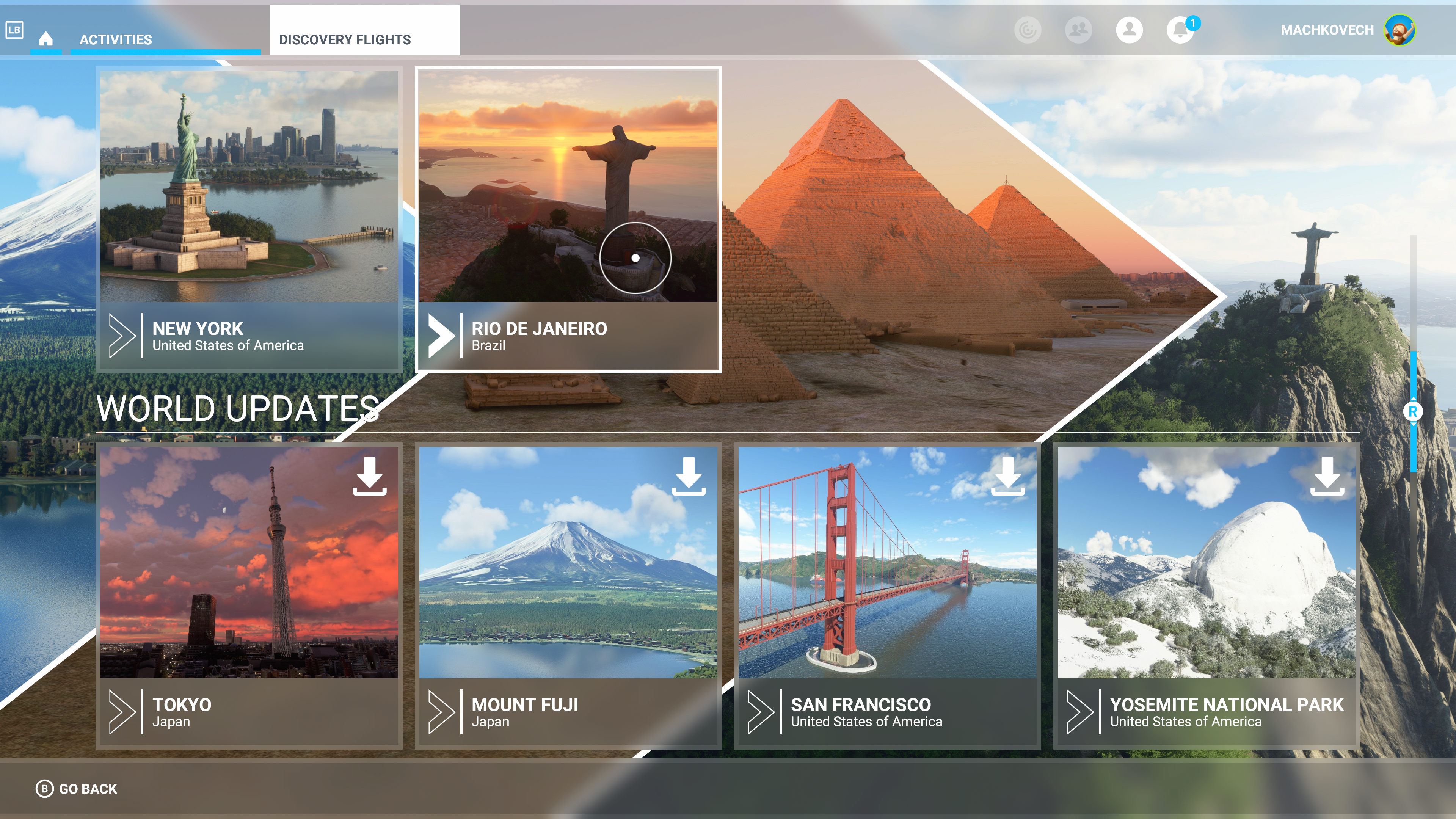
When I think of the history of game consoles, I think of flight simulators.
Nintendo in particular has leveraged the "Pilotwings" name not once, not twice, but thrice to show off brand-new tech over various generations. I have long loved that approach. Pilotwings games err on the side of minimal challenge and maximum relaxation, arguably to let players calmly absorb the newest 3D-rendering tricks of each era.
I think about that strategy now because Microsoft Flight Simulator is launching on Xbox Series X/S this week. Since it's roughly eight months out from those consoles' launches, it doesn't count as a "launch" game. But Microsoft Flight Simulator is honestly the first true "next-gen" first-party console game in Xbox's latest era. Part of that next-gen quality is because this game, unlike other first-party fare, has no "backwards compatibility" path to the older Xbox One family.
It doesn't take long to realize why. After a tremendous launch on PCs last year, MSFS has now emerged as a living room game with an emphasis on relaxed Pilotwings-like trips across the entire globe. In good news, it sets a new bar for 3D rendering performance on consoles, and it stands head and shoulders above all other console games at this time. But its PC heritage lingers in the form of some clunkiness. Flight-sim novices—particularly those who claim the game as part of their Game Pass subscriptions—should brace themselves for control- and interface-related turbulence.
Getting up to speed—and that's a lot of knots
If you're unfamiliar with MSFS's latest incarnation, my report on its reveal nearly two years ago is a good starting point. Much of what I said then (and what I said in a follow-up look at its 2020 beta) is still true. MSFS 2020 combines Bing's world-mapping data, Azure's data-processing centers, and some fantastic rendering engine technology to open the entire Earth to unfettered flight. That dev team, lead by the French studio Asobo, employs a lot of clever procedural generation to turn blurry map data into convincing cities, forests, oceans, and valleys for you to fly over.
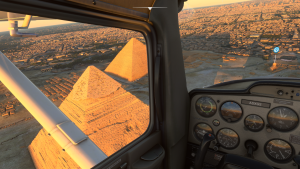
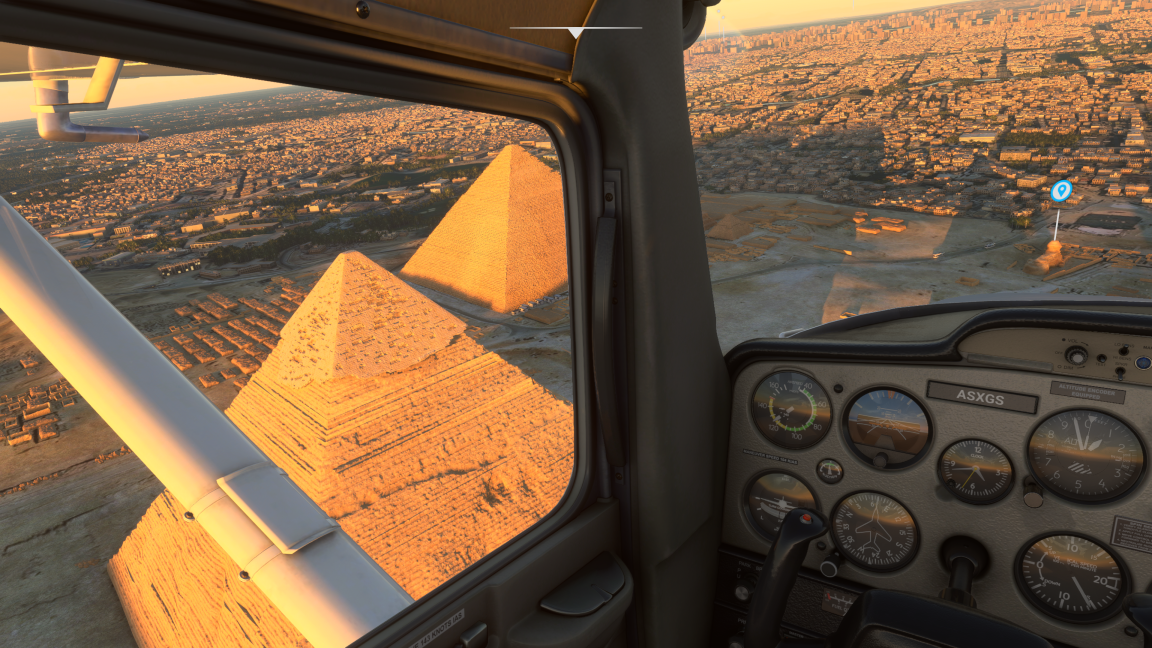
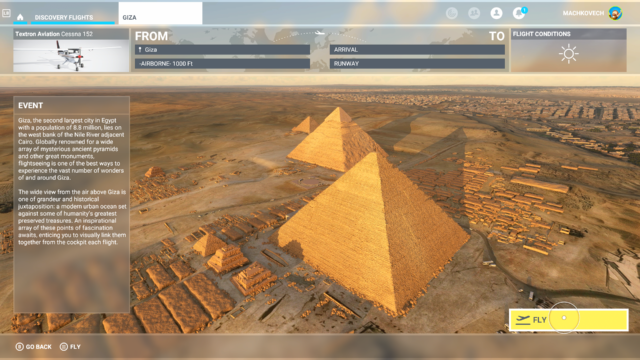
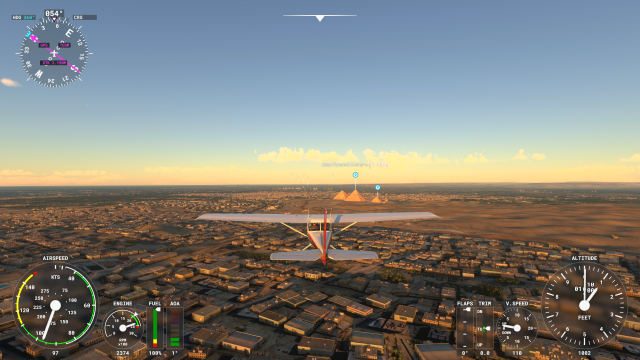
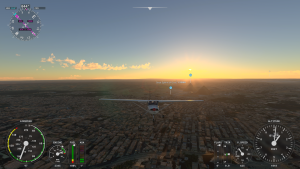
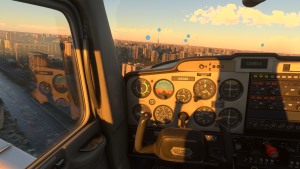
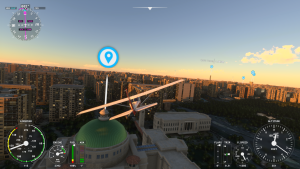
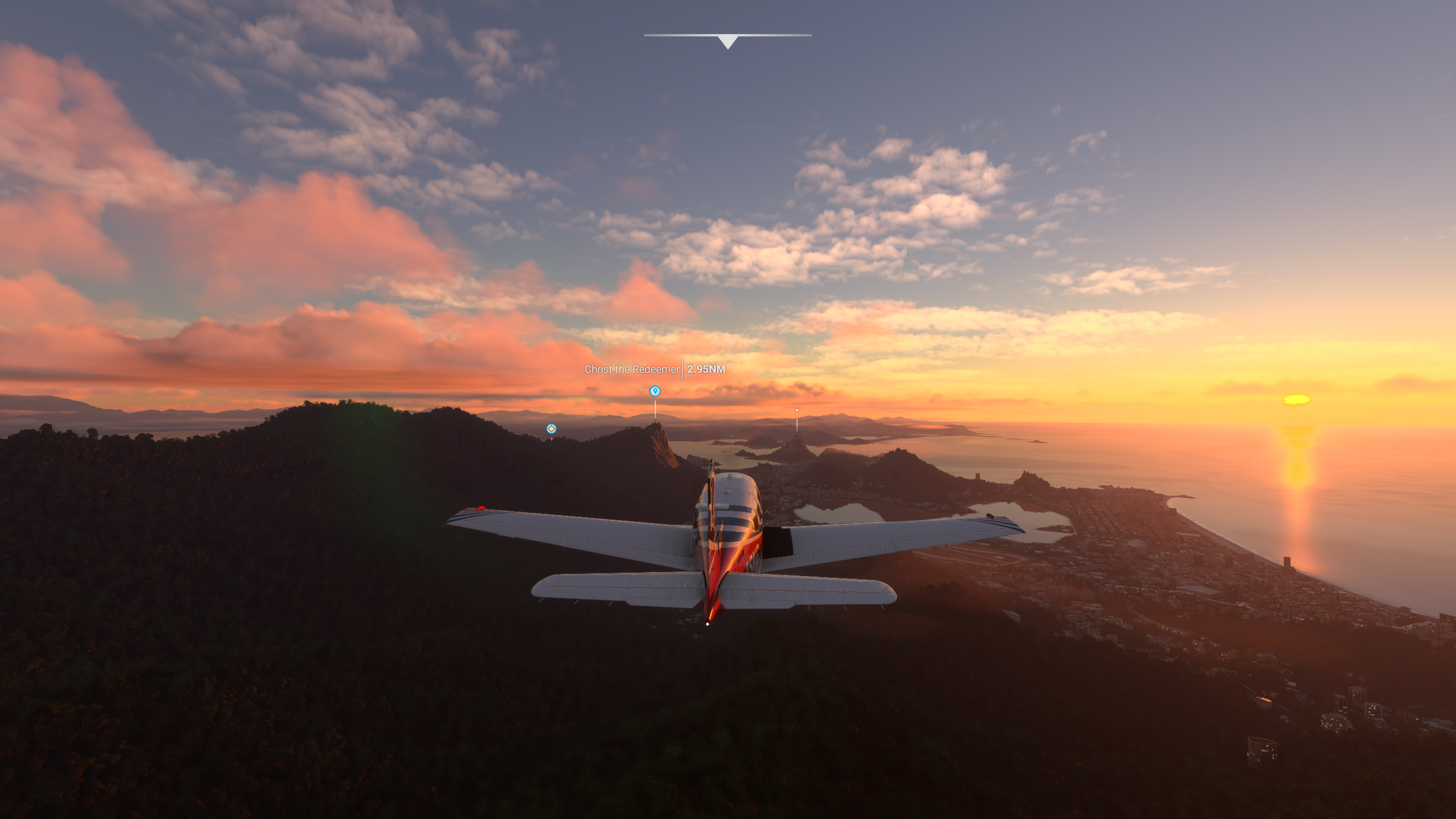
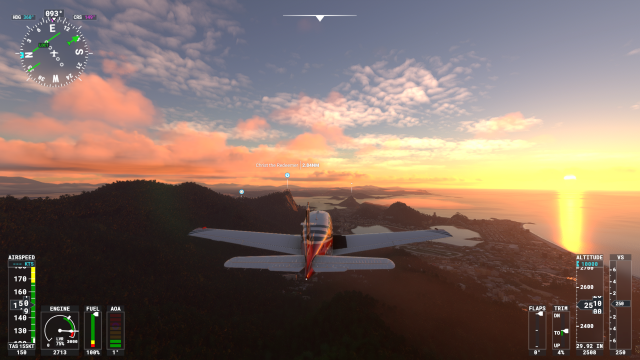
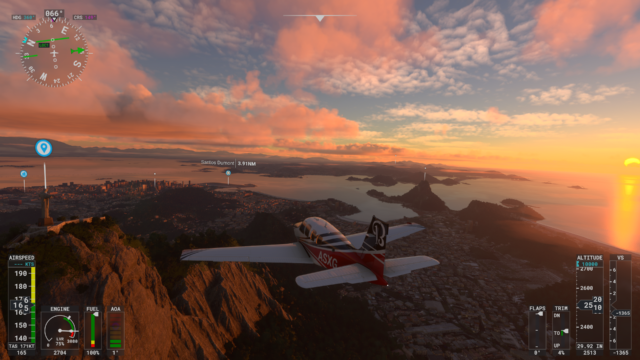
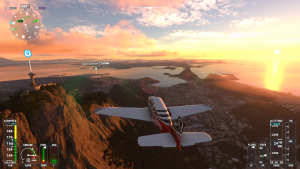
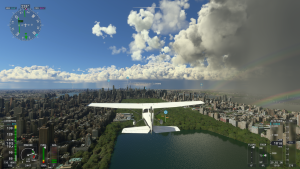
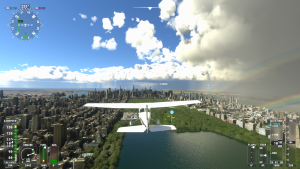
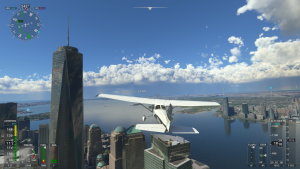
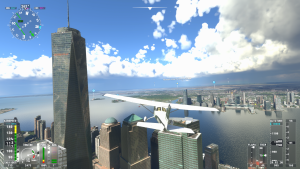
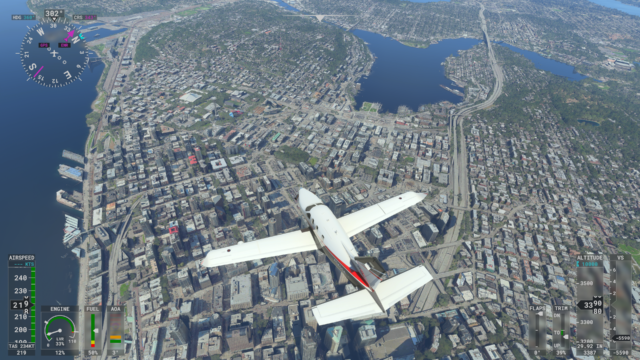
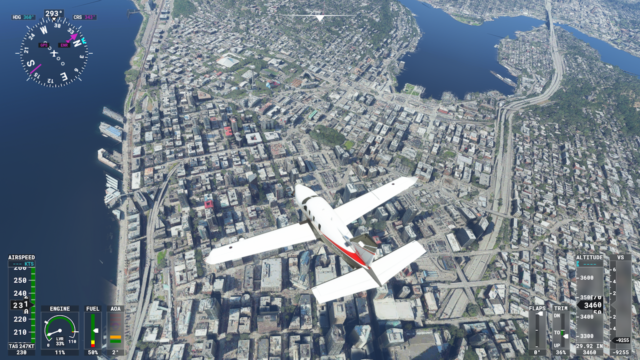
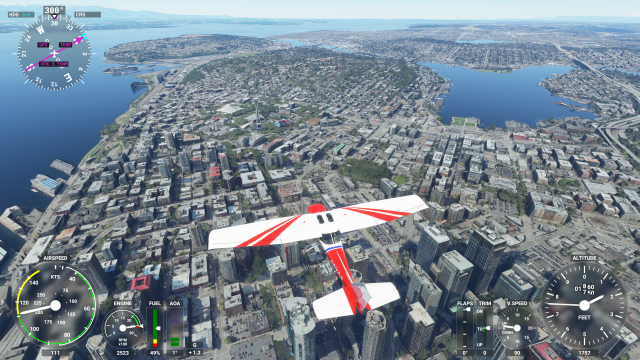
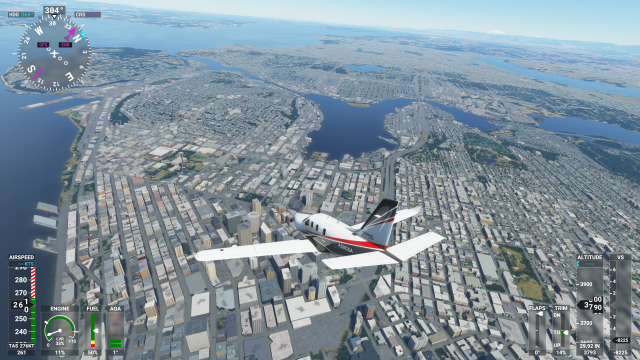
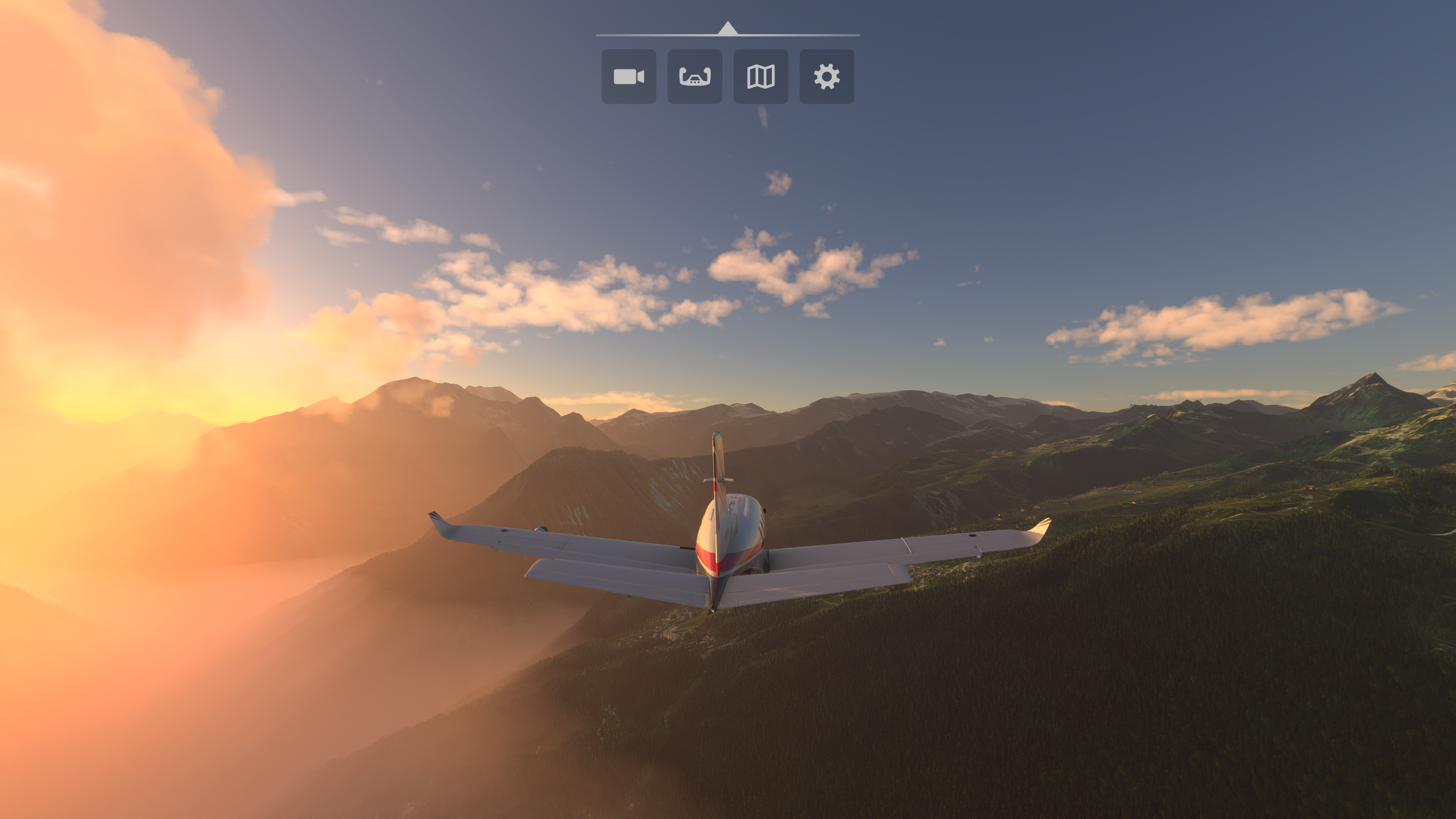
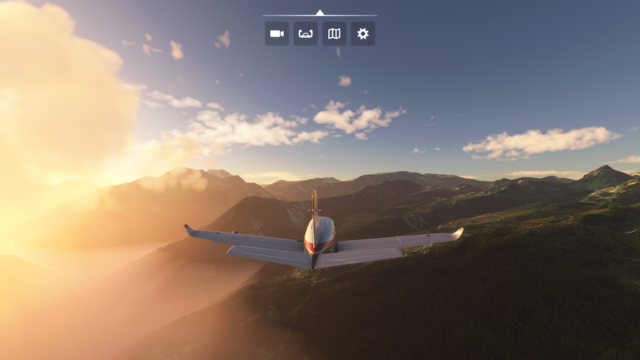
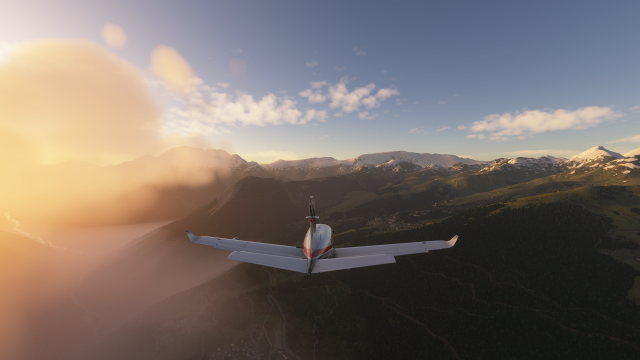
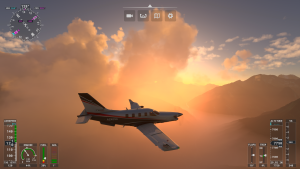
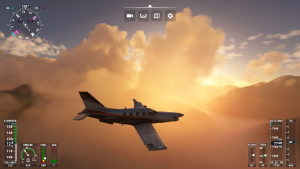
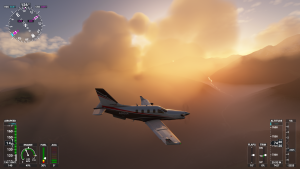

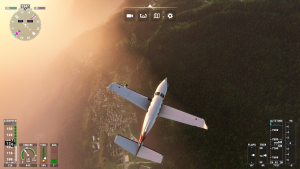
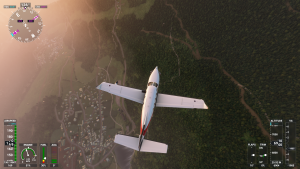
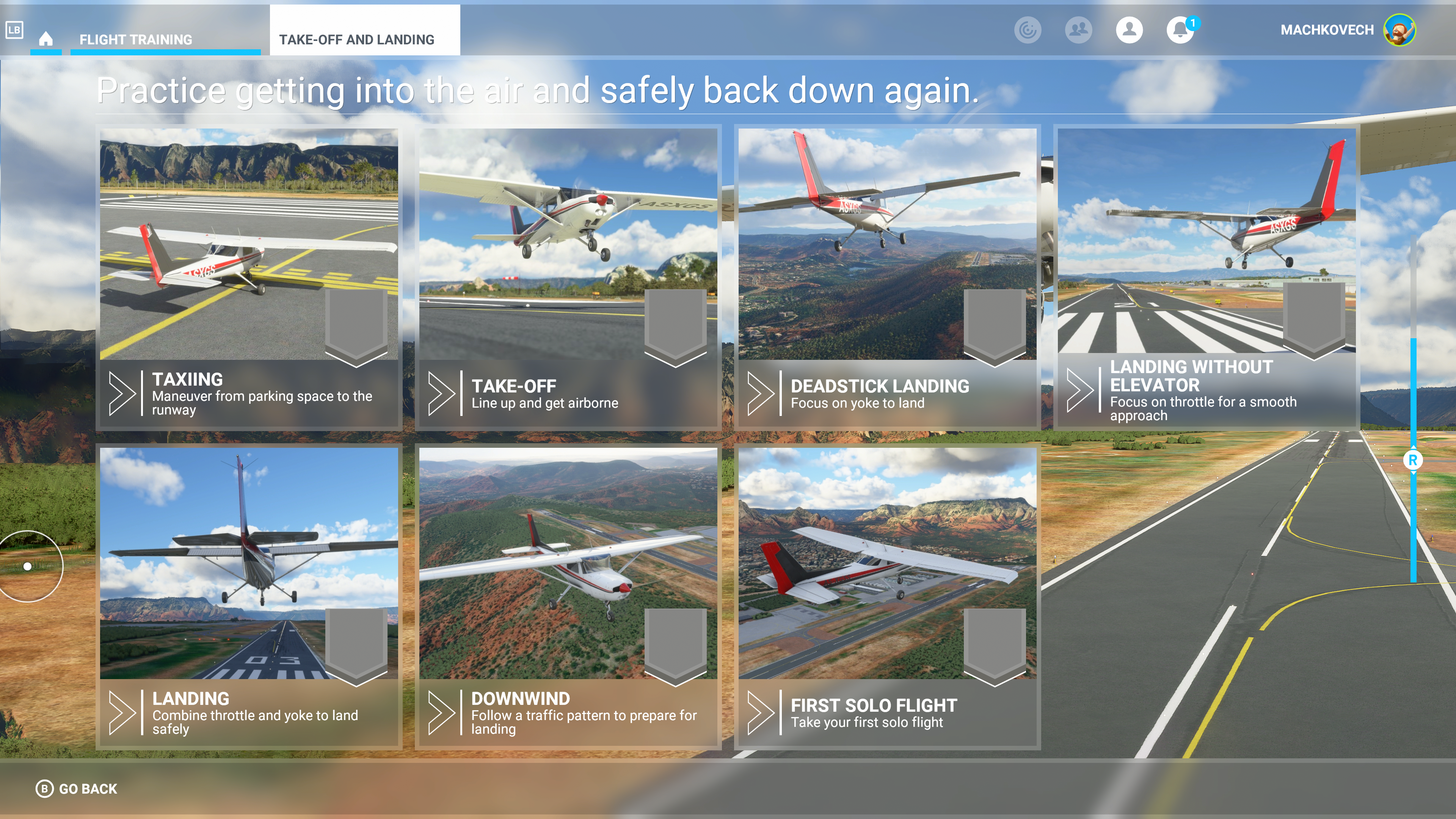
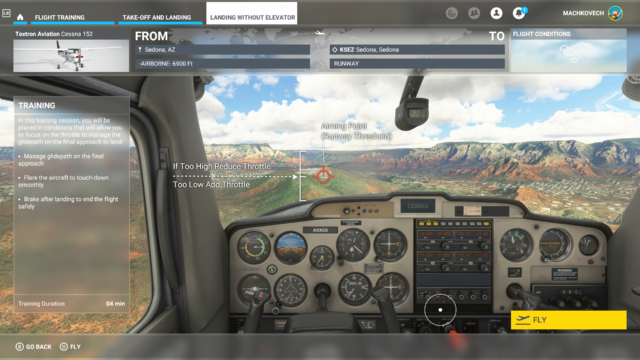

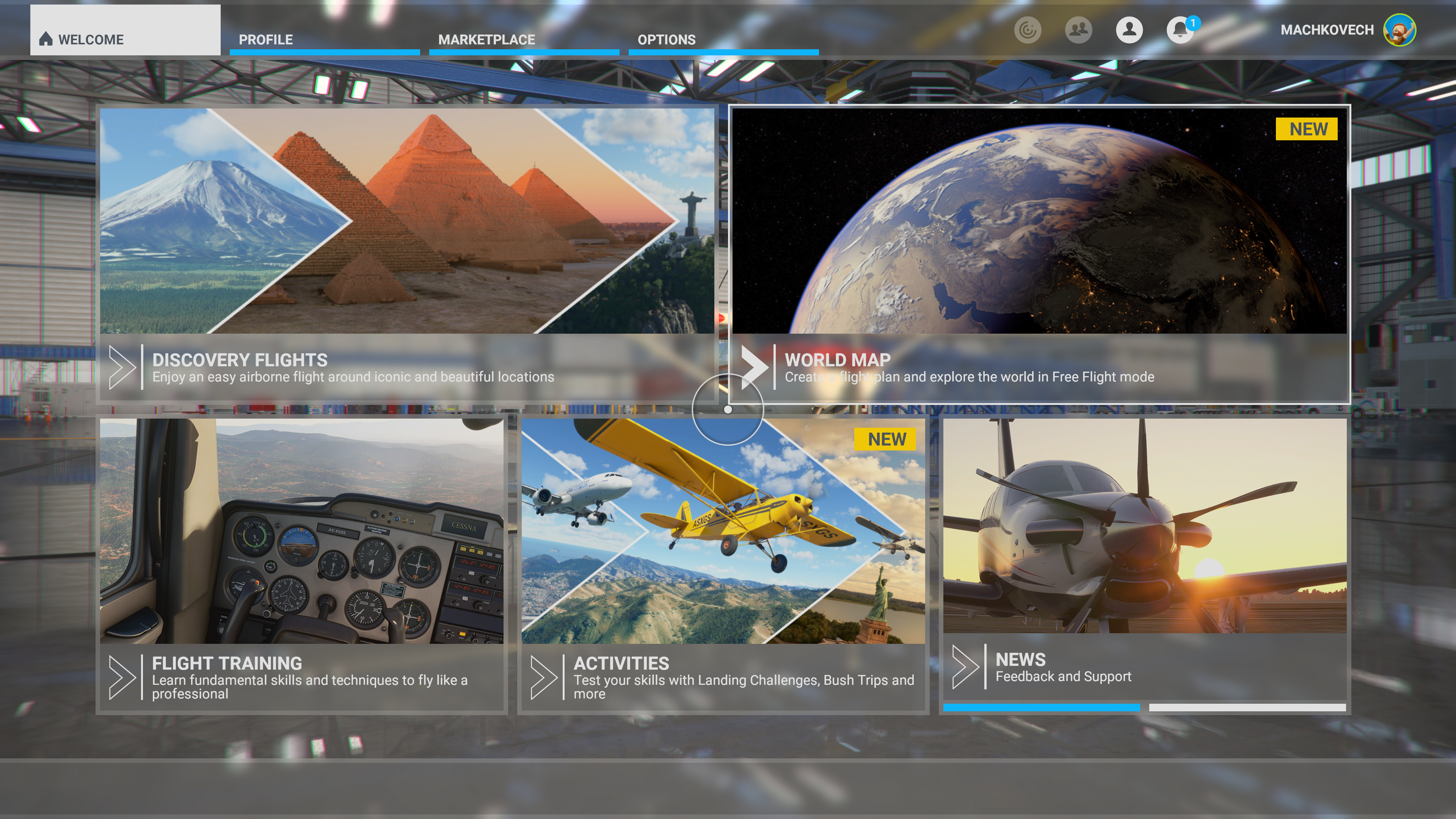
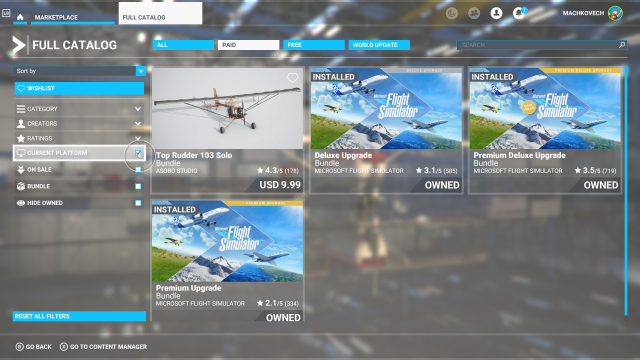
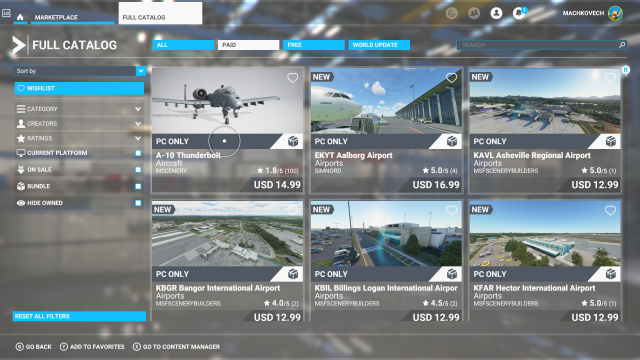
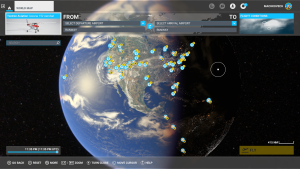
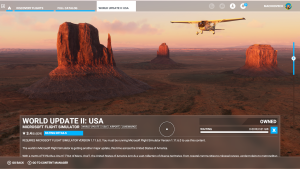

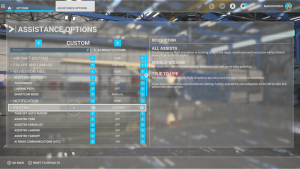
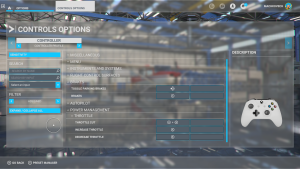

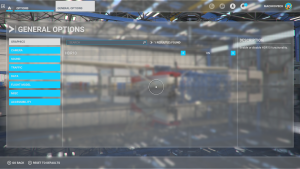
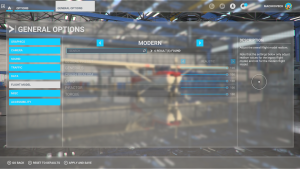
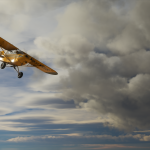
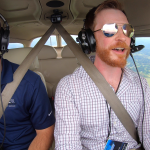

 Loading comments...
Loading comments...
